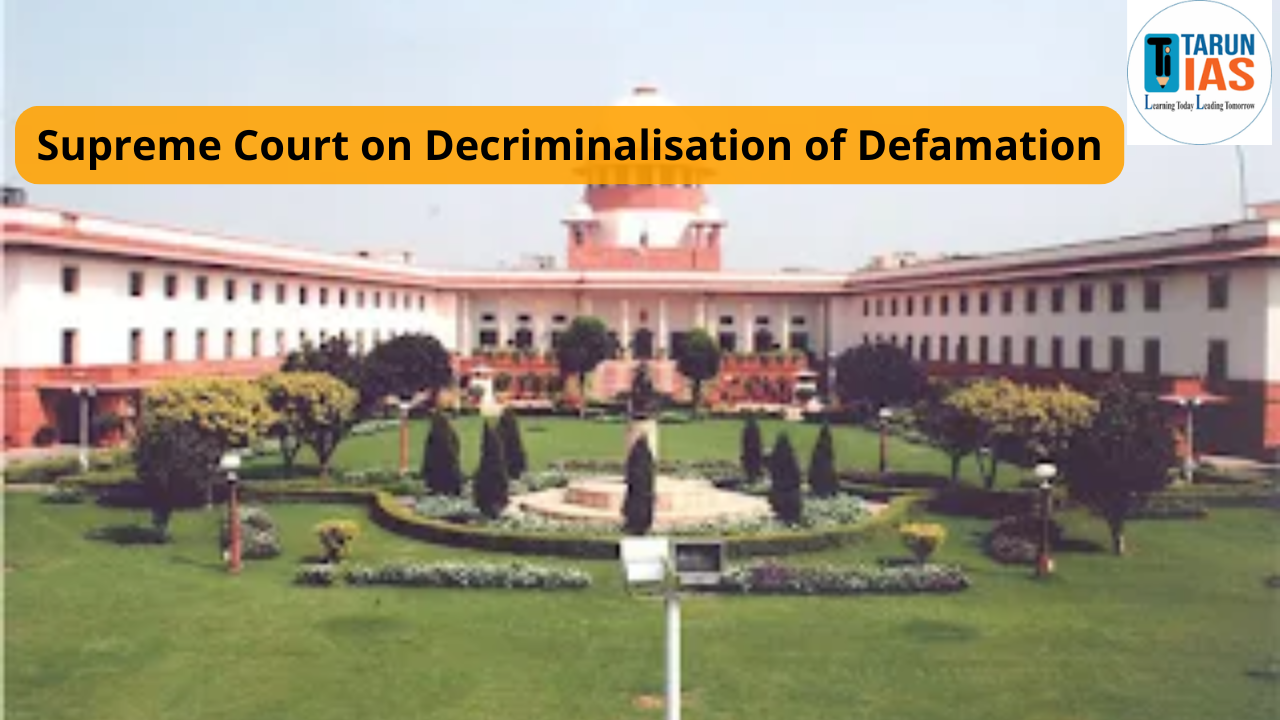Rise of Magadha and Nandas: Pioneers of Ancient Indian Power
Between the sixth and fourth centuries BCE, Magadha, located in present-day Bihar, emerged as the most powerful mahajanapada. It encompassed modern districts like Patna, Gaya, Nalanda, and parts of Shahabad.
- Magadha has fascinated historians for over two centuries as it became the political nucleus for the renowned Mauryan dynasty.
- This rise was significantly accelerated under the Nandas and Mauryas. Ashokan inscriptions reveal that a substantial portion of the Indian subcontinent, barring the extreme eastern and southern regions, was under Magadhan suzerainty.
Factors Responsible for Rise of Magadha
- Agricultural Productivity: Magadha’s fertile alluvial soil allowed productive agriculture. The soil, easily cleared using iron tools, yielded various paddy varieties mentioned in early Buddhist texts. This agricultural surplus boosted tax revenues.
- Iron Resources: Proximity to iron mines in modern-day Jharkhand provided ample resources for tools and weapons.
- Elephants: Elephants, a key component of the army, were abundant in Magadha’s forests. The Nandas reportedly maintained 6,000 elephants, which offered strategic advantages in traversing marshy lands and unpaved regions.
- Societal Structure: According to historian R.S. Sharma, Magadha’s societal setup, a blend of Vedic and non-Vedic elements, was less orthodox, making it more receptive to expansionist policies.
- Strategic Capitals:
- Rajagriha (Girivraja), Magadha’s earliest capital, was strategically surrounded by five hills, making it nearly impregnable and close to iron-rich outcrops.
- The capital later shifted to Pataliputra, situated at the confluence of rivers like the Ganga, Gandak, Son, and Punpun. These rivers served as natural defenses and vital communication routes, aiding military movements.
- Timber Resources: Abundant timber facilitated the construction of wooden walls, houses, and boats, enabling military expeditions to the east and west.
Prominent Rulers of Magadha
- Bimbisara (Haryanka Dynasty):
- Bimbisara was the first significant ruler of Magadha. His reign marked the kingdom’s rise as a controller of the middle Gangetic plains.
- Through matrimonial alliances, he acquired a village in Kashi as dowry.
- His policy of annexation included the conquest of Anga, where he appointed his son, Ajatshatru, as governor.
- Ajatshatru (492 BCE – 460 BCE):
- Ajatshatru reportedly imprisoned and starved his father, Bimbisara, to death.
- He pursued aggressive expansionist policies, annexing Kashi and attacking his maternal uncle, Kosala’s king, Prasenajit.
- He also conquered Vaishali, significantly enlarging Magadha’s territory.
- Udayin (460 BCE – 444 BCE):
- Udayin extended Magadha’s reach from the Himalayas in the north to the Chhota Nagpur hills in the south.
- He built a fort at the confluence of the Ganga and the Son rivers, strengthening the kingdom’s strategic position.
- Shishunaga (413 BCE):
- Shishunaga, a former viceroy at Benaras, ascended the throne after the Haryanka dynasty.
- He defeated Avanti, expanding Magadha’s influence into central India.
The Rise of Nandas
The Shishunaga dynasty’s reign was short-lived, giving way to the Nanda dynasty, led by Mahapadma Nanda.
- Military Might:
- Greek sources highlight the Nandas’ vast army, comprising 60,000 soldiers and thousands of elephants.
- Their military strength allowed significant territorial expansion.
- Empire Builders: The Nandas are often described as India’s first empire builders. Their rule coincided with Alexander’s invasion of north-west India in 326 BCE.
- Mahapadma Nanda:
- Known as the “exterminator of Kshatriyas,” he overthrew contemporary ruling houses and adopted the title of “Ekarat” (sole sovereign).
- He also established connections with the Deccan and south India. The Hathigumpha inscription indicates their control over parts of Kalinga (modern Odisha).
- Dhana Nanda:
- The last Nanda ruler, Dhana Nanda, maintained a powerful army and amassed enormous wealth.
- His unpopularity paved the way for Chandragupta Maurya’s rise in 321 BCE.
- Nine Nanda kings are said to have ruled Magadha, marking the first phase of the kingdom’s expansion and consolidation.
|
UPSC Articles |
|
| UPSC Interview | UPSC Interview Marks |
| UPSC Syllabus | UPSC Exam Pattern |
| UPSC Eligibility | UPSC Age Limit |
| UPSC Selection Process | UPSC Cut off |














